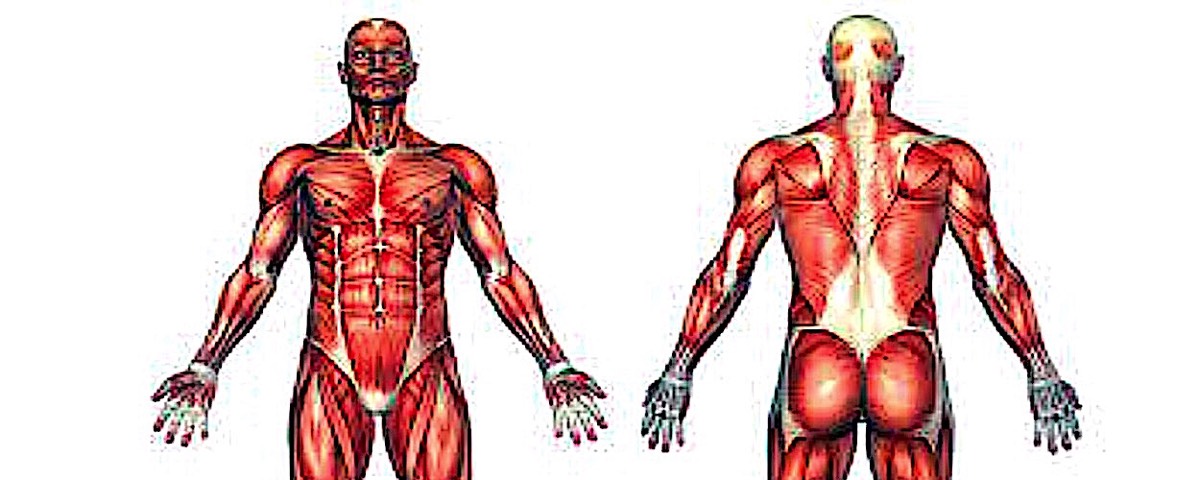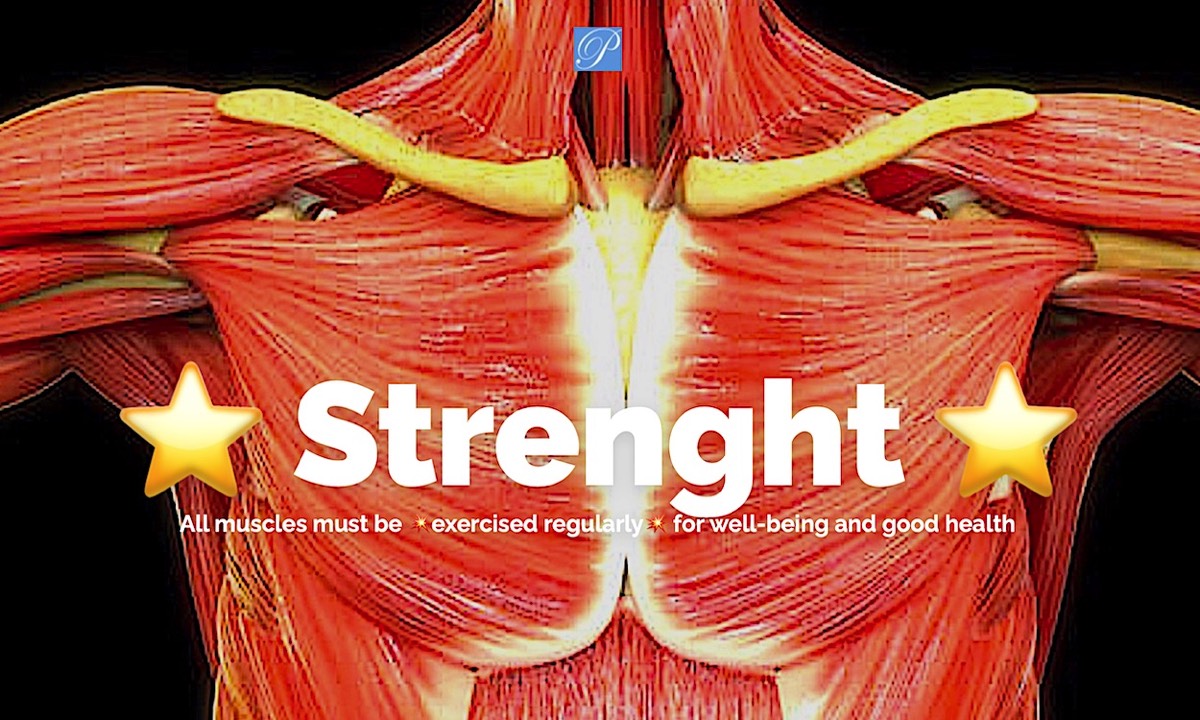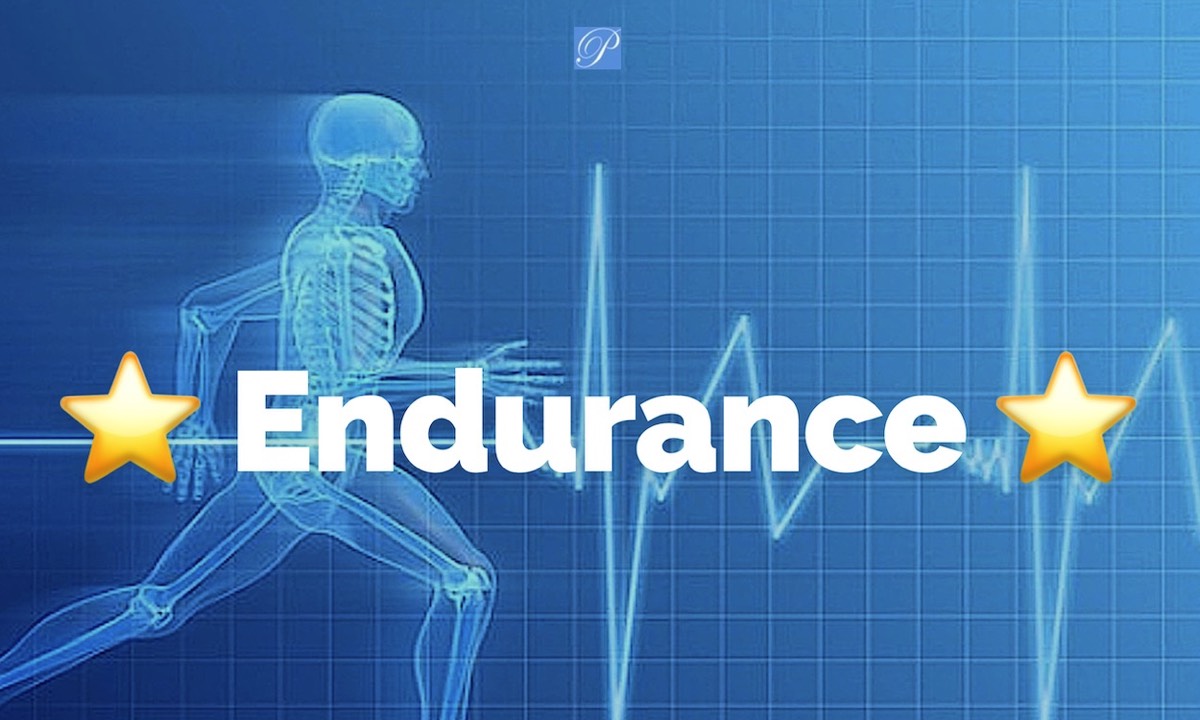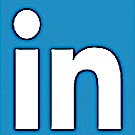

All muscles must be 💥 exercised regularly💥 for well-being and good health
HealthyLifeHow.com


Main Functions of the Muscular System
Muscles allow a person to move, speak, and chew. They control heartbeat, breathing, and digestion. Other seemingly unrelated functions, including temperature regulation and vision, also rely on the muscular system.
HealthyLifeHow.com
VIDEO Muscular System
How the Muscular System Works
The muscles account for around 40 percent of a person’s weight with the largest muscle in the body being the gluteus maximus in the buttocks.
The muscular system contains more than 600 muscles.
HealthyLifeHow.com
There are 3 types of muscles in the body

Skeletal Muscles
Skeletal muscles are the only muscles that can be consciously controlled. They are attached to bones, and contracting the muscles causes movement of those bones.
Any action that a person consciously undertakes involves the use of skeletal muscles. Examples of such activities include running, chewing, and writing.
Smooth Muscle
Smooth muscle lines the inside of blood vessels and organs, such as the stomach, and is also known as visceral muscle.
It is the weakest type of muscle but has an essential role in moving food along the digestive tract and maintaining blood circulation through the blood vessels.
Smooth muscle acts involuntarily and cannot be consciously controlled.
Cardiac Muscle
Located only in the heart, cardiac muscle pumps blood around the body. Cardiac muscle stimulates its own contractions that form our heartbeat. Signals from the nervous system control the rate of contraction. This type of muscle is strong and acts involuntarily.
Skeletal muscles are the only muscles that can be consciously controlled. They are attached to bones, and contracting the muscles causes movement of those bones.
Any action that a person consciously undertakes involves the use of skeletal muscles. Examples of such activities include running, chewing, and writing.
Smooth Muscle
Smooth muscle lines the inside of blood vessels and organs, such as the stomach, and is also known as visceral muscle.
It is the weakest type of muscle but has an essential role in moving food along the digestive tract and maintaining blood circulation through the blood vessels.
Smooth muscle acts involuntarily and cannot be consciously controlled.
Cardiac Muscle
Located only in the heart, cardiac muscle pumps blood around the body. Cardiac muscle stimulates its own contractions that form our heartbeat. Signals from the nervous system control the rate of contraction. This type of muscle is strong and acts involuntarily.
The main functions of the Muscular System are as follows:
1. Mobility
The muscular system’s main function is to allow movement. When muscles contract, they contribute to gross and fine movement.
Gross movement refers to large, coordinated motions and includes:
Most muscle movement of the body is under conscious control. However, some movements are reflexive, such as withdrawing a hand from a source of heat.
Gross movement refers to large, coordinated motions and includes:
- walking
- running
- swimming
- writing
- speaking
- facial expressions
Most muscle movement of the body is under conscious control. However, some movements are reflexive, such as withdrawing a hand from a source of heat.
2. Stability
Muscle tendons stretch over joints and contribute to joint stability. Muscle tendons in the knee joint and the shoulder joint are crucial in stabilization.
The core muscles are those in the abdomen, back, and pelvis, and they also stabilize the body and assist in tasks, such as lifting weights.
The core muscles are those in the abdomen, back, and pelvis, and they also stabilize the body and assist in tasks, such as lifting weights.
3. Posture
Skeletal muscles help keep the body in the correct position when someone is sitting or standing. This is known as posture.
Good posture relies on strong, flexible muscles. Stiff, weak, or tight muscles contribute to poor posture and misalignment of the body.
Long-term, bad posture leads to joint and muscle pain in the shoulders, back, neck, and elsewhere.
Good posture relies on strong, flexible muscles. Stiff, weak, or tight muscles contribute to poor posture and misalignment of the body.
Long-term, bad posture leads to joint and muscle pain in the shoulders, back, neck, and elsewhere.
4. Circulation
The Heart is a Muscle that pumps blood throughout the body. The movement of the heart is outside of conscious control, and it contracts automatically when stimulated by electrical signals.
Smooth muscle in the arteries and veins plays a further role in the circulation of blood around the body. These muscles maintain blood pressure and circulation in the event of blood loss or dehydration.
They expand to increase blood flow during times of intense exercise when the body requires more oxygen.
Smooth muscle in the arteries and veins plays a further role in the circulation of blood around the body. These muscles maintain blood pressure and circulation in the event of blood loss or dehydration.
They expand to increase blood flow during times of intense exercise when the body requires more oxygen.
5. Respiration
Breathing involves the use of the diaphragm muscle.
The diaphragm is a dome-shaped muscle located below the lungs. When the diaphragm contracts, it pushes downward, causing the chest cavity to get bigger. The lungs then fill with air. When the diaphragm muscle relaxes, it pushes air out of the lungs.
When someone wants to breath more deeply, it requires help from other muscles, including those in the abdomen, back, and neck.
The diaphragm is a dome-shaped muscle located below the lungs. When the diaphragm contracts, it pushes downward, causing the chest cavity to get bigger. The lungs then fill with air. When the diaphragm muscle relaxes, it pushes air out of the lungs.
When someone wants to breath more deeply, it requires help from other muscles, including those in the abdomen, back, and neck.
6. Digestion
Smooth muscles in the gastrointestinal or GI tract control digestion. The GI tract stretches from the mouth to the anus.
Food moves through the digestive system with a wave-like motion called peristalsis. Muscles in the walls of the hollow organs contract and relax to cause this movement, which pushes food through the esophagus into the stomach.
The upper muscle in the stomach relaxes to allow food to enter, while the lower muscles mix food particles with stomach acid and enzymes.
The digested food moves from the stomach to the intestines by peristalsis. From here, more muscles contract to pass the food out of the body as stool.
Food moves through the digestive system with a wave-like motion called peristalsis. Muscles in the walls of the hollow organs contract and relax to cause this movement, which pushes food through the esophagus into the stomach.
The upper muscle in the stomach relaxes to allow food to enter, while the lower muscles mix food particles with stomach acid and enzymes.
The digested food moves from the stomach to the intestines by peristalsis. From here, more muscles contract to pass the food out of the body as stool.
7. Vision
Six skeletal muscles around the eye control its movements. These muscles work quickly and precisely, and allow the eye to:
- maintain a stable image
- scan the surrounding area
- track moving objects
8. Organ protection
Muscles in the torso protect the internal organs at the front, sides, and back of the body. The bones of the spine and the ribs provide further protection.
Muscles also protect the bones and organs by absorbing shock and reducing friction in the joints.
Muscles also protect the bones and organs by absorbing shock and reducing friction in the joints.
9. Temperature regulation
Maintaining normal body temperature is an important function of the muscular system. Almost
When body heat falls below optimal levels, the skeletal muscles increase their activity to make heat. Shivering is one example of this mechanism. Muscles in the blood vessels also contract to maintain body heat.
Body temperature can be brought back within normal range through the relaxation of smooth muscle in the blood vessels. This action increases blood flow and releases excess heat through the skin.
When body heat falls below optimal levels, the skeletal muscles increase their activity to make heat. Shivering is one example of this mechanism. Muscles in the blood vessels also contract to maintain body heat.
Body temperature can be brought back within normal range through the relaxation of smooth muscle in the blood vessels. This action increases blood flow and releases excess heat through the skin.
Endurance, Cardio Exercising

Cardio, Aerobic Exercise is any activity that gets your blood pumping and large muscle groups working. It’s also known as Cardiovascular Activity.
HealthyLifeHow.com
STRENGTH vs ENDURANCE Exercising


versus
Endurance Exercise is classically performed against a relatively low load over a long duration, whereas Strength Exercise is performed against a relatively high load for a short duration.
Healthy Exercising

Being physically active can improve your brain health, help manage weight, reduce the risk of disease, strengthen bones and muscles, and improve your ability to do everyday activities. Adults who sit less and do any amount of moderate-to-vigorous physical activity gain some health benefits.
💥 Take Care of Yourself

Self-Care means taking the time to do things that help you live well and improve both your physical health and mental health
HealthyLifeHow.com
Contact Us & follow us for Vitality & Healthy Life Information


The goal is to ensures short and long term vitality & health and to get a physical body that is strong, flexible and fit through each stage of our lifes.
HealthyLifeHow.com




